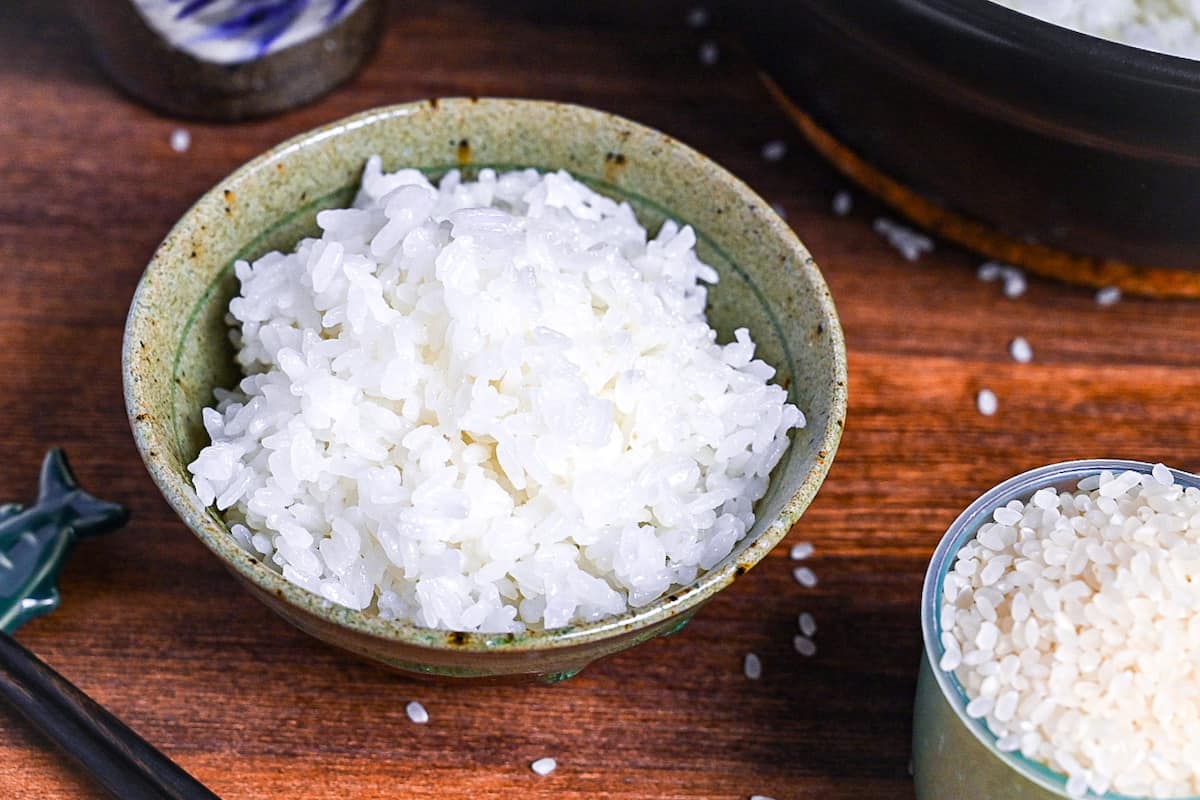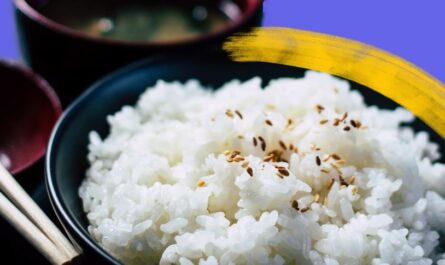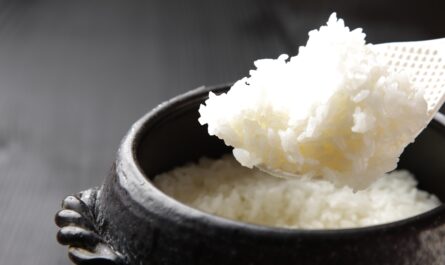Many sushi enthusiasts wonder about the gluten content sushi rice, especially those who are conscious about their dietary choices. Sushi, a popular Japanese dish, is loved worldwide. But for those with gluten sensitivities, or those who simply want to maintain a gluten-free diet, it’s important to understand what goes into their sushi.
The primary ingredient in sushi is rice. However, the type and preparation of the rice can influence its gluten content. This article will help you navigate the intricacies of gluten content sushi rice, ensuring you can enjoy sushi without worry.

The Basics of Sushi Rice
Sushi rice, known as ‘shari’ or ‘sumeshi’ in Japanese, is a specific variety of rice used in sushi making. It is typically short-grain rice, which is known for its sticky texture. This texture is essential for making sushi rolls as it helps the rice hold together. Learn more about short-grain rice.
How Sushi Rice is Prepared
After cooking, the rice is seasoned with a mixture of vinegar, sugar, and salt. This seasoning not only enhances the flavor but also affects its gluten content. It’s crucial to ensure that all ingredients used in sushi rice preparation are gluten-free.
Does Sushi Rice Contain Gluten?
The rice itself is naturally gluten-free. However, the risk of gluten contamination comes from the other ingredients used in sushi preparation. For instance, some vinegars may contain gluten, depending on how they are processed. It’s important to check the labels of all ingredients to ensure they are certified gluten-free.
Ingredients to Watch Out For
- Vinegar: Ensure it’s made from gluten-free sources.
- Soy Sauce: Traditional soy sauce contains wheat. Opt for gluten-free tamari instead.
- Imitation Crab: Often used in sushi rolls, it may contain gluten.
Choosing the Right Sushi
When dining out, it’s essential to communicate with the restaurant staff about your dietary needs. Many sushi restaurants offer gluten-free options, but it’s always best to double-check. At home, you can control every ingredient, ensuring a truly gluten-free sushi experience. Explore some great sushi rice recipes for ideas.
Making Gluten-Free Sushi at Home
Making sushi at home allows you to ensure that all ingredients are gluten-free. By using gluten-free products and being cautious of cross-contamination, you can enjoy delicious sushi without concerns.
Health Benefits of Sushi
Sushi is not only known for its taste but also for its health benefits. The rice provides energy, while the fish offers essential omega-3 fatty acids. Vegetables in sushi add fiber and important vitamins. For more nutritional information, visit sushi rice nutrition.
The Role of Rice in Sushi
Rice is a staple in sushi and plays a significant role in its nutritional profile. It’s a source of carbohydrates and provides energy. However, it’s important to balance your sushi meal with other nutrient-rich ingredients like fish and vegetables.

FAQs
Is sushi rice naturally gluten-free?
Yes, the rice itself is naturally gluten-free. However, be mindful of the ingredients used during its preparation.
Can I use any rice for sushi?
While you can technically use any rice, short-grain rice is preferred for its sticky texture. Learn more about rice types here.
What sushi ingredients should I avoid?
Avoid soy sauce containing wheat, certain vinegars, and imitation crab if you have gluten sensitivities.
This article contains affiliate links. We may earn a commission at no extra cost to you.




